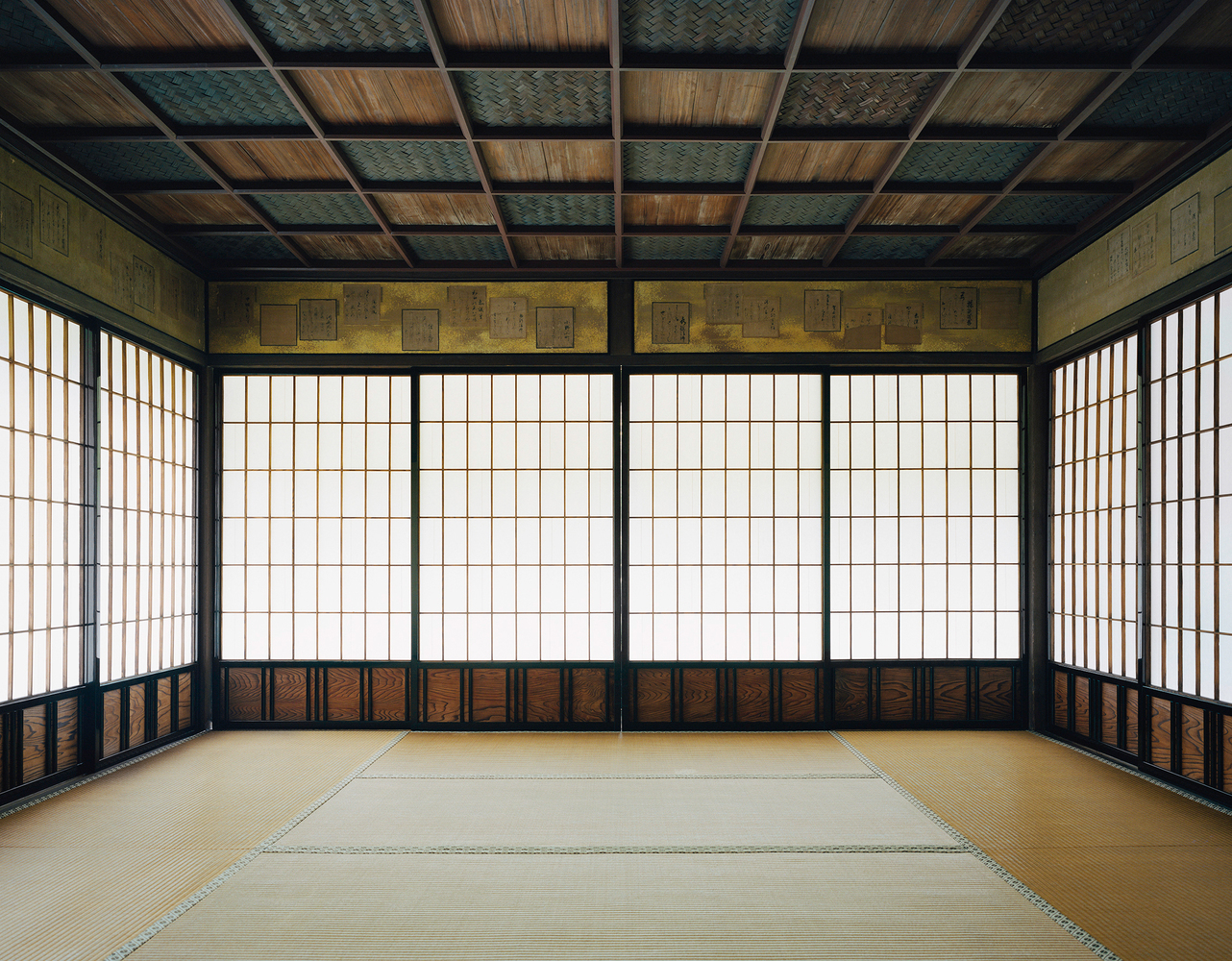
"Cultural diplomacy refers to the use of cultural expression and creative exchange to foster understanding and build relationships between nations. In this context, architecture has long played a distinctive role. Beyond its functional and aesthetic dimensions, it serves as a medium of communication, a language through which countries express identity, values, and ambition on the global stage. Architecture operates as a form of soft power - persuasive rather than coercive - enabling nations to project influence through material presence."
"From modernist embassies in the post-war era to monumental pavilions at world expositions, governments and institutions have recognized the built environment's potential to shape perception. By commissioning prominent architects and adopting specific design languages, countries have used architecture to signal modernity, tradition, innovation, or stability. In the 21st century, global connectivity and geopolitical fragmentation have transformed the scope of architectural cultural diplomacy."
Architecture operates as a medium of cultural diplomacy, using built form to express national identity, values, and ambitions. Architectural projects function as soft power, enabling states to project influence through material presence and symbolic design. Historical examples include modernist embassies and exposition pavilions that signaled industrial, artistic, and political stature. Commissioning renowned architects and adopting design languages has allowed countries to convey modernity, tradition, innovation, or stability. Global connectivity and geopolitical fragmentation have broadened participation, enabling emerging economies, smaller nations, and cities to assert cultural agency through architecture. This expansion raises tensions around representation, authenticity, inclusivity, and the alignment of symbolic agendas with community needs.
Read at ArchDaily
Unable to calculate read time
Collection
[
|
...
]